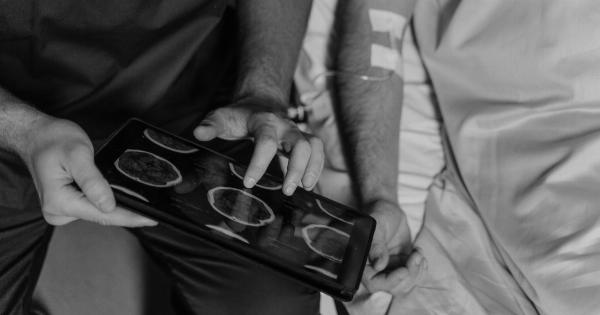Men with high UV exposure have an increased risk of skin cancer. This is due to the damaging effects of UV radiation on the skin.
Skin cancer is the most common form of cancer in the United States, and it is estimated that one in five Americans will develop skin cancer in their lifetime. Men are particularly at risk, as they tend to spend more time outdoors and are less likely to protect their skin from the sun’s harmful rays.
What is UV radiation?
UV radiation is a type of electromagnetic radiation that comes from the sun. It is divided into three categories: UVA, UVB, and UVC. UVA and UVB are the most common types of UV radiation that reach the earth’s surface.
UVC is mostly absorbed by the earth’s atmosphere and does not reach the surface.
How does UV radiation damage the skin?
UV radiation damages the skin by breaking down the DNA in skin cells. This can cause mutations, which can lead to the development of skin cancer. UV radiation can also cause premature aging of the skin, including wrinkles, age spots, and sagging skin.
Why are men at higher risk of skin cancer?
Men are at higher risk of skin cancer for several reasons. First, men tend to spend more time outdoors than women. This can be due to work or leisure activities. Second, men are less likely to use sunscreen or wear protective clothing when they are outside.
Third, men are less likely to visit a dermatologist for skin cancer screenings, which can lead to delayed diagnosis and treatment.
What are the most common types of skin cancer?
The three most common types of skin cancer are basal cell carcinoma, squamous cell carcinoma, and melanoma. Basal cell carcinoma is the most common type of skin cancer and is typically found on the face, head, or neck.
Squamous cell carcinoma is typically found on the face, ears, lips, or hands. Melanoma is the most dangerous type of skin cancer and can spread to other parts of the body if not detected early.
How can men protect themselves from skin cancer?
Men can protect themselves from skin cancer by taking several precautions. First, they should limit their time in the sun, especially during peak hours when the sun’s rays are the strongest.
Second, they should use sunscreen with an SPF of at least 30, and reapply it every two hours. Third, they should wear protective clothing, such as long-sleeved shirts and hats with a wide brim. Fourth, they should stay in the shade whenever possible. Finally, men should regularly visit a dermatologist for skin cancer screenings.
Conclusion
Men with high UV exposure have an increased risk of skin cancer.
By taking precautions, such as limiting time in the sun, using sunscreen, wearing protective clothing, staying in the shade, and visiting a dermatologist regularly, men can reduce their risk of developing skin cancer.





























